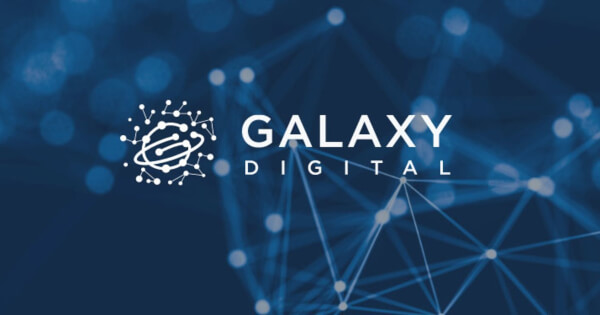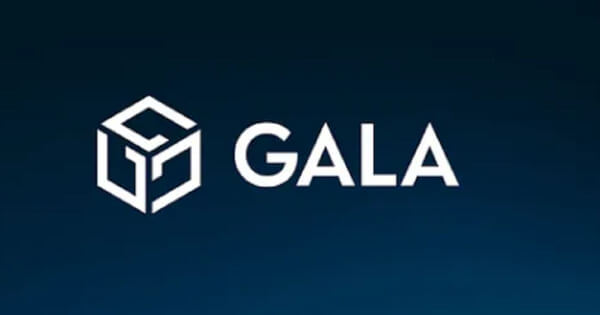The decentralized finance (DeFi) landscape has undergone a significant evolution, becoming a pivotal component in the blockchain and cryptocurrency space. This revolution has redefined conventional financial paradigms, introducing a new level of transparency, user empowerment, and accessibility. As DeFi evolves, we’re entering a phase often referred to as DeFi 2.0. This new phase isn’t a standalone concept but rather an extension and enhancement of the original DeFi framework. Picture it as an advanced version of a groundbreaking technology, much like a next-generation smartphone that builds on the success of its predecessors.
DeFi 2.0 is characterized by its ability to refine and expand upon the foundational aspects of DeFi. It aims to address existing challenges while integrating groundbreaking innovations. Key features of DeFi 2.0 include improved scalability, seamless cross-chain interactions, and an enriched user experience. These enhancements are not just technical upgrades; they are a response to the evolving demands and expectations of DeFi users.
One of the most intriguing aspects of DeFi 2.0 is its focus on sustainable staking and vaulting mechanisms. These mechanisms offer a nuanced approach to asset management, balancing accessibility with a degree of sophistication that appeals to a diverse range of users. This article delves into these advanced DeFi strategies, examining how they are instrumental in reshaping the financial ecosystem. We will explore the intricacies of staking and vaulting, and how these strategies are paving the way for more inclusive and dynamic financial interactions in the DeFi sector.
A Deep Dive into Liquid Staking and Vaulting in DeFiThese strategies provide users with flexibility and potential yield optimizations previously unavailable in traditional finance. They represent a shift towards a more efficient and user-centered financial ecosystem. Liquid staking, at its core, involves users staking their crypto assets to secure a network while remaining liquid. Unlike traditional staking, where assets are locked, liquid staking lets users receive a tradable derivative token, representing their staked assets. This approach offers the dual benefits of earning staking rewards and retaining liquidity, enabling participation in other DeFi activities. Users need to assess platform security, the stability of the derivative token, and the overall network’s health while choosing a platform for liquid staking. It is important to note that although liquid staking allows participants to stake their assets while retaining liquidity, it is achieved by issuing representative tokens that can be traded or used in other DeFi protocols. These tokens mirror the value of the staked assets, allowing users to simultaneously earn staking rewards and engage in other investment opportunities.
In a recent Twitter Space discussion on January 24th, Zaki from SommFinance highlighted the innovative strides in liquid staking within the Cosmos ecosystem. He emphasized how these protocols are setting benchmarks in the domain, notably enhancing capital efficiency and diversifying yield optimization strategies in DeFi.
Vaulting in DeFi, on the other hand, involves locking up assets in automated strategies, known as vaults, that are designed to maximize returns from various DeFi activities like yield farming, lending, or liquidity provision. These vaults utilize complex algorithms to dynamically adjust strategies based on market conditions, providing a hands-off approach for users seeking to optimize their returns. However, the complexity and risks associated with these automated strategies, such as smart contract vulnerabilities and strategy performance in different market conditions, should be carefully considered by users.
Inter Protocol
Inter Protocol stands as a prime example of pioneering DeFi strategies. Rooted in the Cosmos ecosystem and operating on the Agoric chain, this protocol introduces the IST, a tool designed to enable stable transactions in fluctuating markets. Its approach to liquid staking and vaulting includes unique features like the Parity Stability Module and a governance model that incorporates user feedback. The protocol’s integration of a decentralized oracle network for asset pricing further enhances its robustness.
The ingenuity of Inter Protocol lies in its dual approach to liquid staking and vaulting. Users can engage in liquid staking by depositing their crypto assets into user-controlled vaults and minting IST against these assets. This process is carefully managed, ensuring the collateralization ratio is maintained in alignment with the established parameters. The emphasis here is on flexibility and security, allowing users to leverage their assets without foregoing liquidity – a significant stride forward from traditional staking mechanisms where assets often remain locked and illiquid.
When users deposit their crypto assets into these vaults, smart contracts take the helm, automating the minting of IST. This is where the oracle network plays a crucial role, providing real-time and accurate asset valuations to maintain fair collateralization and liquidation processes. The protocol anticipates scenarios where the value of collateral might depreciate, triggering an auction-based liquidation to cover the IST debt and return the residual assets to the users.
An additional facet of Inter Protocol’s ecosystem is the Parity Stability Module (PSM). The PSM allows users to swap approved stablecoins for IST, thus diversifying their stablecoin exposure and reinforcing IST’s stability. Moreover, the protocol maintains a Reserve, a collection of IST and other crypto-assets, poised to step in during liquidation shortfalls, further bolstering the protocol’s solvency.
Governance in Inter Protocol is another aspect that stands out. Driven by BLD stakers, it adopts a community-centric approach, ensuring that the protocol evolves in response to its user base and market dynamics. The Inter Protocol utilizes a democratic governance model and employs a decentralized oracle network for asset valuation, aiming to offer innovation and align with user interests and market stability.
Analyzing Other DeFi InnovatorsProjects like MakerDAO, AAVE, and Lido have emerged as key players. MakerDAO, for instance, offers Dai Savings Rate (DSR) where Dai holders earn interest by locking their Dai in a contract. AAVE, a lending protocol, allows for interest earning on deposits and crypto borrowing. Lido, a significant liquid staking platform, has seen substantial growth with its stETH token issued upon staking ETH. While MakerDAO and AAVE emphasize lending and borrowing, Inter Protocol’s focus is on maximizing the utility of staked assets. Inter Protocol’s model allows users to retain control over their assets while participating in staking, a feature that is not the primary focus of MakerDAO or AAVE. Lido has been a dominant force in liquid staking, especially after Ethereum’s transition to proof-of-stake. However, Inter Protocol distinguishes itself by offering more diverse asset management options. This includes advanced vaulting strategies that are not as prominent in Lido’s offerings.
Broader Impact on the DeFi EcosystemLooking ahead, the trends in liquid staking and vaulting within the DeFi landscape are likely to evolve towards more integrated and interoperable systems. The emphasis will be on creating more robust governance structures, enhancing security measures, and developing more efficient liquidation mechanisms to manage collateral volatility. The future might see a greater emphasis on cross-chain functionalities and the integration of various stablecoins and crypto-assets to widen the scope and accessibility of DeFi services.
ConclusionLiquid staking and vaulting are cornerstones of advanced DeFi strategies, offering users greater flexibility and potential returns. Platforms like Inter Protocol, MakerDAO and others demonstrate the innovation within this space, providing diverse options for asset management. These platforms are catalysts for growth, stability, and resilience in the decentralized finance ecosystem. As the DeFi space continues to evolve, these strategies will likely play a central role in shaping its future. Therefore, it’s beneficial for DeFi users and investors to explore and understand these strategies, including those offered by Inter Protocol and its peers, to fully leverage the opportunities presented by this dynamic and evolving sector.
&
&
Photo by Viktor Forgacs on Unsplash

You can get bonuses upto $100 FREE BONUS when you:
💰 Install these recommended apps:
💲 SocialGood - 100% Crypto Back on Everyday Shopping
💲 xPortal - The DeFi For The Next Billion
💲 CryptoTab Browser - Lightweight, fast, and ready to mine!
💰 Register on these recommended exchanges:
🟡 Binance🟡 Bitfinex🟡 Bitmart🟡 Bittrex🟡 Bitget
🟡 CoinEx🟡 Crypto.com🟡 Gate.io🟡 Huobi🟡 Kucoin.

















Comments